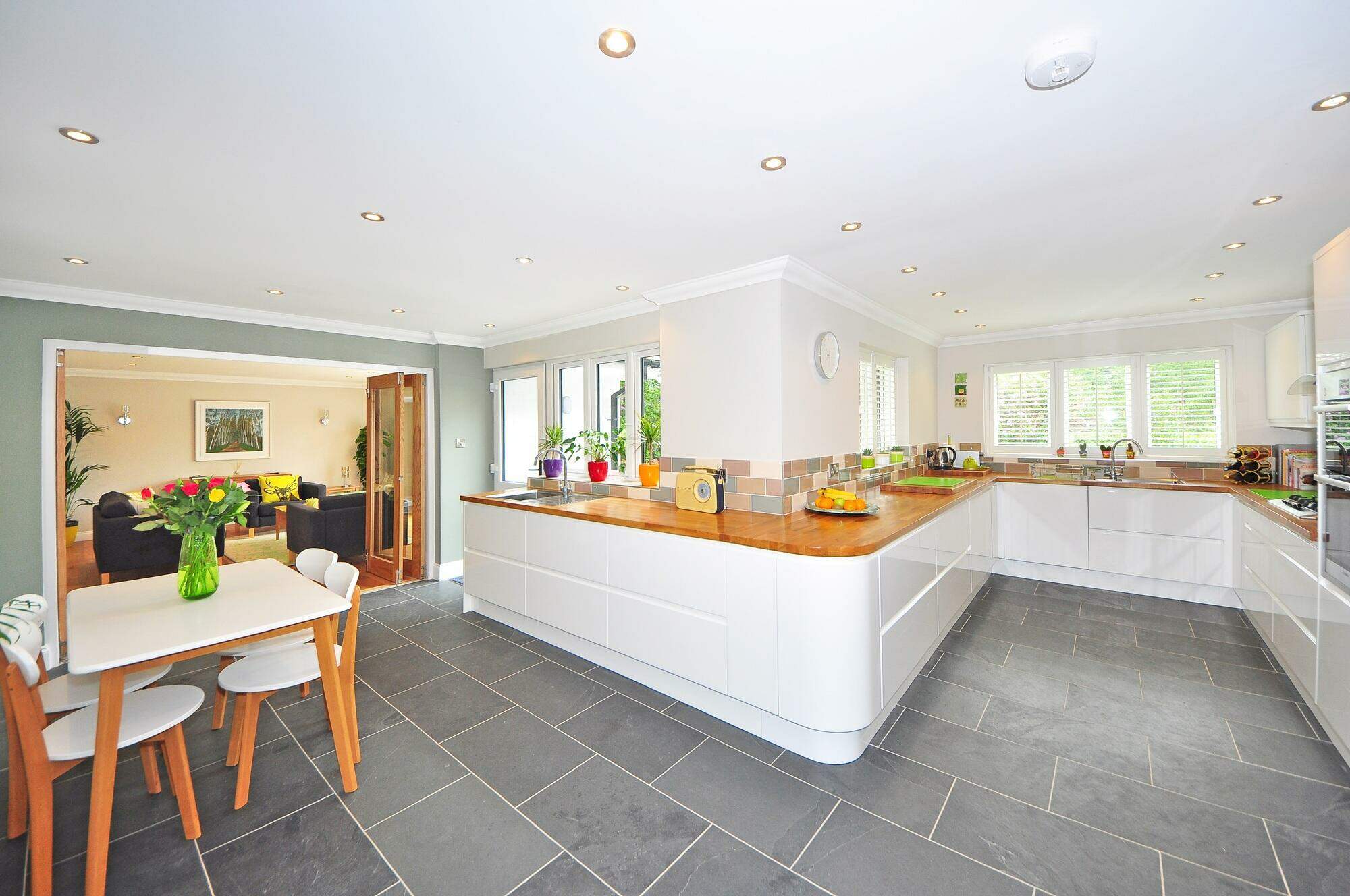

Articles
What Is The Best Floor For Kitchen
Modified: August 28, 2024
Looking for the best floor for your kitchen? Check out our articles for expert advice and tips on choosing the perfect flooring option.
(Many of the links in this article redirect to a specific reviewed product. Your purchase of these products through affiliate links helps to generate commission for Storables.com, at no extra cost. Learn more)
Introduction
When it comes to choosing the best floor for your kitchen, it’s important to consider various factors. The kitchen is one of the busiest areas in the house, where spills, stains, and heavy foot traffic are common occurrences. Therefore, you need a flooring option that is not only durable and easy to clean but also aesthetically pleasing. In this article, we will explore eight different flooring options for kitchens and discuss their advantages and disadvantages. Whether you prefer a classic look or a more modern design, there is a flooring option that will suit your needs and budget.
Before diving into the different flooring options, it’s essential to assess your specific requirements. Consider factors such as your lifestyle, budget, and design preferences. Keep in mind that each flooring type has its own unique characteristics that may or may not align with your needs. Additionally, consider the overall design and style of your kitchen, as the flooring should complement the existing elements in the space.
No flooring option is completely impervious to wear and tear, but some are more resilient in a kitchen environment than others. Factors such as water resistance, scratch resistance, and ease of maintenance play a significant role in choosing the best floor for your kitchen.
Now, let’s explore the various flooring options that are well-suited for kitchens:
Key Takeaways:
- Choose the best kitchen flooring by considering durability, water resistance, maintenance, style, budget, noise, and eco-friendliness. Each option has unique benefits and considerations to enhance your kitchen’s functionality and aesthetic appeal.
- From the timeless elegance of hardwood to the modern versatility of concrete, the right kitchen flooring choice combines durability and style. Consider your lifestyle, budget, and design preferences to make an informed decision that enhances your kitchen’s appeal for years to come.
Factors to Consider
When choosing the best floor for your kitchen, it’s crucial to consider several factors to ensure you make the right decision. Here are some key factors to take into account:
- Durability: Since the kitchen is a high-traffic area, durability is a top consideration. You want a floor that can withstand heavy use, spills, and potential scratches from dropped utensils or appliances.
- Water and Stain Resistance: Kitchens are prone to spills and messes, so it’s essential to choose a flooring material that is water-resistant and easy to clean. Some materials are naturally waterproof, while others require sealants or special coatings.
- Maintenance: Consider the level of maintenance required for each flooring option. Some materials may require regular sealing, polishing, or special cleaning products, while others are low-maintenance and easy to clean with simple methods.
- Style and Aesthetics: The flooring choice should complement the overall design and style of your kitchen. Whether you prefer a warm and natural look or a sleek and modern aesthetic, there are flooring options available to match your desired style.
- Budget: Determine your budget and find flooring options that fit within your financial constraints. Keep in mind that certain materials may have higher upfront costs but can provide long-term value due to their durability.
- Noise: Consider the noise factor, especially if you have an open-concept kitchen that is connected to other living spaces. Some flooring options may be noisier than others, so consider the acoustics of your kitchen area.
- Eco-Friendliness: If environmental impact is important to you, consider choosing flooring materials that are eco-friendly. Look for options made from sustainable or recycled materials.
By considering these factors and weighing the pros and cons of each flooring option, you can make an informed decision that meets your requirements and enhances your kitchen’s functionality and aesthetic appeal. In the following sections, we will explore eight different flooring options for kitchens, highlighting their distinct features and considerations.
Ceramic Tile
Ceramic tile is a popular choice for kitchen floors due to its durability, water resistance, and versatility in design. It is made from clay and other natural materials, which are molded and baked at high temperatures to create a hard and durable surface.
One of the main advantages of ceramic tile is its ability to handle spills and stains. It is highly resistant to moisture, making it ideal for kitchen environments. Additionally, ceramic tile is easy to clean, requiring only regular sweeping and occasional mopping.
Another benefit of ceramic tile is its wide range of design options. It is available in various colors, patterns, and textures, allowing you to customize the look of your kitchen. Whether you prefer a classic and timeless design or a more modern and bold aesthetic, ceramic tile offers endless possibilities.
However, it’s important to note that ceramic tile can be cold underfoot, so it may not be the most comfortable option during colder months. Additionally, the hard surface of ceramic tile can be unforgiving on dropped dishes or glassware, increasing the risk of breakage. To mitigate this, consider using rugs or mats in high-traffic areas.
In terms of installation, ceramic tile requires professional installation to ensure proper placement and sealing. It can be a labor-intensive process, but once installed, ceramic tile can last for many years with proper care.
Overall, ceramic tile is a durable and aesthetically pleasing flooring option for kitchens. Its water resistance, easy maintenance, and versatility in design make it a popular choice among homeowners. Just remember to consider the potential drawbacks, such as its cold surface and the need for professional installation.
Vinyl Flooring
Vinyl flooring is a highly versatile and affordable option for kitchen floors. It is composed of multiple layers, including a durable wear layer, a printed design layer, and a backing layer for stability. This layered construction makes vinyl flooring resistant to scratches, stains, and water damage.
One of the main advantages of vinyl flooring is its ability to mimic the appearance of other materials, such as hardwood, stone, or tile. It offers a wide variety of styles and designs to suit any kitchen aesthetic. Whether you prefer a rustic wood look or a sleek stone finish, vinyl flooring can provide the desired look without the maintenance requirements of natural materials.
Another advantage of vinyl flooring is its durability and ease of maintenance. It is highly resistant to stains, making it suitable for high-traffic areas like kitchens. Vinyl flooring is also waterproof, making it ideal for areas prone to spills and moisture. Cleaning vinyl flooring is a breeze, requiring only regular sweeping and occasional mopping to keep it looking fresh.
Installation of vinyl flooring is relatively simple, as it can be glued down, clicked together, or even loose-laid with no adhesive required. This makes it a popular choice for DIY enthusiasts looking to save on installation costs.
However, it’s important to note that vinyl flooring can be susceptible to fading and discoloration when exposed to direct sunlight for prolonged periods. Additionally, it may not be as durable as other flooring options and can be prone to damage from sharp objects or heavy furniture. It’s best to use furniture pads and take precautions to prevent dragging heavy items across the vinyl surface.
In summary, vinyl flooring is an affordable and low-maintenance option for kitchen floors. Its ability to mimic the appearance of other materials, durability, and easy installation make it a popular choice among homeowners. Just be mindful of its potential vulnerability to direct sunlight and take precautions to prevent damage from sharp objects or heavy furniture.
Laminate Flooring
Laminate flooring is a budget-friendly alternative to hardwood flooring that offers durability and a wide range of design options. It consists of multiple layers, including a wear layer, a decorative layer with a printed design, and a core layer made of high-density fiberboard (HDF) or particleboard.
One of the main advantages of laminate flooring is its ability to replicate the appearance of hardwood or stone at a fraction of the cost. With advancements in technology, laminate flooring can now mimic the texture, grain patterns, and colors of natural materials, giving your kitchen a sophisticated look without the high price tag.
Laminate flooring is known for its durability and scratch resistance. The wear layer protects the surface from stains, scratches, and scuffs, making it suitable for high-traffic areas like kitchens. Additionally, laminate flooring is relatively easy to clean and maintain, requiring regular sweeping and occasional damp mopping to remove dirt and spills.
Installation of laminate flooring is straightforward, thanks to the click-lock or tongue-and-groove system. This allows the planks to be easily installed and locked into place, making it a popular choice for DIY enthusiasts. However, professional installation may be required for more complex projects or if you’re unfamiliar with the process.
It’s worth noting that while laminate flooring is water-resistant, it is not waterproof. Excessive water exposure can cause the boards to swell and warp, so it’s important to promptly clean up any spills or use protective mats in areas prone to moisture. Additionally, laminate flooring can be susceptible to fading and discoloration when exposed to direct sunlight over time.
In summary, laminate flooring offers an affordable and versatile option for kitchen floors. Its ability to replicate the look of natural materials, durability, and ease of installation make it a popular choice among homeowners. Just remember to take precautions to protect it from excessive water exposure and direct sunlight to maintain its appearance and longevity.
Hardwood Flooring
Hardwood flooring is a timeless and elegant option for kitchen floors that adds warmth and sophistication to any space. It is made from solid wood planks, typically from hardwood species such as oak, maple, or walnut, which are known for their durability and natural beauty.
One of the main advantages of hardwood flooring is its durability and long lifespan. With proper care and maintenance, hardwood floors can last for decades, making them a valuable investment for your home. They are highly resistant to wear and tear, making them suitable for high-traffic areas like kitchens.
Hardwood floors offer a wide range of design options, with various wood species, grains, finishes, and stains to choose from. This allows you to customize the look of your kitchen and match it to your personal style and the existing décor. The natural variation in wood grains adds character and charm to your space.
Another benefit of hardwood flooring is its ability to be refinished. Over time, hardwood floors may experience scratches, dents, or wear, but they can be sanded and refinished to restore their original beauty. This makes hardwood flooring a long-lasting and sustainable option.
However, hardwood flooring does come with some considerations. It is susceptible to moisture and humidity, so it may not be recommended for kitchens with excessive moisture or in areas prone to spills. Regular maintenance, such as promptly cleaning up spills and using rugs or mats in high-traffic areas, can help mitigate these risks.
Installation of hardwood flooring can be more labor-intensive and may require professional installation to ensure proper placement and finishing. It’s also important to note that hardwood floors can be more expensive upfront compared to other flooring options, but their durability and timeless appeal make them a worthwhile investment in the long run.
In summary, hardwood flooring offers a classic and sophisticated choice for kitchen floors. Its durability, natural beauty, and ability to be refinished make it a popular choice among homeowners. Just be mindful of its vulnerability to moisture and the potential upfront cost and maintenance requirements.
When choosing a floor for your kitchen, consider materials that are durable, easy to clean, and water-resistant. Options like tile, vinyl, and laminate are popular choices for their practicality and ability to withstand the demands of a kitchen environment.
Engineered Wood Flooring
Engineered wood flooring is a versatile and popular option that combines the beauty of hardwood with enhanced stability and durability. It is composed of multiple layers, including a top layer of real hardwood veneer bonded to a plywood or high-density fiberboard (HDF) core.
One of the main advantages of engineered wood flooring is its enhanced stability. The cross-layered construction of the core makes it less prone to expansion and contraction due to changes in humidity and temperature. This makes engineered wood flooring suitable for kitchens, as it can withstand moisture and temperature fluctuations better than solid hardwood.
Engineered wood flooring comes in a wide selection of wood species, finishes, and plank sizes, allowing you to achieve the same timeless and natural aesthetics as solid hardwood. It adds warmth and character to your kitchen, creating a cozy and inviting atmosphere.
Another advantage of engineered wood flooring is its ease of installation. The planks can be installed as floating floors, meaning they are not directly attached to the subfloor. This installation method is simple and can often be completed as a DIY project, saving you time and money.
In terms of maintenance, engineered wood flooring requires regular sweeping or vacuuming to remove dust and debris, and occasional mopping with a damp cloth or specified hardwood floor cleaner. It’s important to clean up spills promptly to prevent any moisture damage, although engineered wood flooring is more resistant to moisture than solid hardwood.
While engineered wood flooring offers many benefits, it’s worth noting that the top layer of real hardwood veneer is not as thick as solid hardwood. This means that it may have limitations when it comes to refinishing. Depending on the thickness of the veneer, engineered wood floors can typically be refinished a few times before needing to be replaced.
In summary, engineered wood flooring is a versatile and durable option for kitchen floors. Its enhanced stability, wide range of design options, and relatively easy installation make it a popular choice among homeowners. Just be aware of the limitations when it comes to refinishing and take proper maintenance precautions to ensure its longevity.
Cork Flooring
Cork flooring is a unique and eco-friendly option for kitchen floors that offers a host of benefits. It is made from the bark of the cork oak tree, which is harvested without harming the tree, making it a sustainable and renewable material.
One of the main advantages of cork flooring is its natural warmth and comfort underfoot. Cork has natural insulating properties, providing a soft and cushioned surface to walk on. This makes it a comfortable option, especially for those who spend a lot of time in the kitchen.
Another benefit of cork flooring is its excellent sound absorption properties. It reduces noise transmission, making it an ideal choice for kitchens located on upper floors or in multi-level homes. Cork flooring can help minimize footstep noise and impact noise from dropped objects.
Cork is naturally resistant to moisture and provides a protective barrier against spills, making it a suitable choice for kitchens. However, it’s important to note that prolonged exposure to water can damage the cork surface, so it’s important to clean up spills promptly and avoid using excessive water during cleaning.
Cork flooring is also known for its unique and natural aesthetics. It has a distinctive grain pattern and comes in a variety of colors, ranging from light and natural to darker shades. These features allow you to add a touch of elegance and warmth to your kitchen.
However, it’s important to understand that cork flooring can be susceptible to damage from heavy furniture or sharp objects. It may also fade or discolor when exposed to direct sunlight over time. To mitigate these risks, use furniture pads and area rugs in high-traffic areas.
Installation of cork flooring can be done through glue-down or floating methods. Glue-down installation provides a more stable and permanent result, while floating installation allows for easier removal and replacement of individual cork tiles.
In summary, cork flooring offers a unique and eco-friendly option for kitchen floors. Its natural warmth, comfort, sound absorption, and resistance to moisture make it an attractive choice. Just be cautious about heavy furniture and direct sunlight exposure to preserve its appearance and longevity.
Natural Stone Flooring
Natural stone flooring is a luxurious and visually stunning option for kitchen floors. It offers a timeless beauty and durability that can enhance the overall aesthetics of your kitchen. Popular natural stone options for flooring include granite, marble, limestone, and slate.
One of the main advantages of natural stone flooring is its unique and elegant appearance. Each stone slab or tile is one-of-a-kind, with natural variations in color, pattern, and texture. This creates a visually striking and sophisticated look that can elevate the design of your kitchen.
Natural stone is incredibly durable and long-lasting, making it suitable for high-traffic areas like kitchens. It can withstand heavy foot traffic, impacts, and even withstands heat from hot pots and pans. With proper care and maintenance, natural stone flooring can last for generations.
In terms of maintenance, natural stone flooring requires regular sweeping or vacuuming to remove dirt and debris. Spills should be cleaned up promptly to prevent staining, as some stones are porous and can absorb liquids. It’s important to use gentle cleaning solutions specifically designed for natural stone to maintain its beauty and prevent damage.
While natural stone flooring offers exceptional beauty and durability, it does come with some considerations. It can be more expensive upfront compared to other flooring options. Additionally, some natural stone materials, such as marble and limestone, are softer and more prone to scratching and etching. They may require sealing to protect against stains and damage.
Installation of natural stone flooring can be labor-intensive and requires professional installation to ensure that it is properly leveled, sealed, and grouted. This ensures a durable and long-lasting floor that will withstand the demands of a kitchen environment.
In summary, natural stone flooring offers a luxurious and durable option for kitchen floors. Its unique beauty, durability, and longevity make it a popular choice among homeowners. Just be aware of the upfront cost, maintenance requirements, and the potential vulnerabilities of softer stone materials. With proper care, natural stone flooring can add timeless elegance to your kitchen for years to come.
Read more: What Is The Best Flooring For A Patio
Concrete Flooring
Concrete flooring is a minimalist and industrial-chic option for kitchen floors that has gained popularity in recent years. It offers a sleek and modern look that can be customized to suit your desired style and design preferences.
One of the main advantages of concrete flooring is its durability and resilience. Concrete is a highly durable material that can withstand heavy foot traffic, scratches, and impacts. It is also resistant to water and stains, making it suitable for use in kitchens.
Concrete floors can be polished to a high sheen, creating a smooth and glossy surface. This can enhance the reflective properties of natural and artificial light in your kitchen, making the space appear brighter and more spacious.
Another benefit of concrete flooring is its versatility in design. It can be stained, stamped, or even etched to create various patterns, textures, and colors. This allows you to customize the look of your kitchen floor and achieve a unique and personalized space.
Maintenance of concrete flooring is relatively easy. Regular sweeping and occasional damp mopping are usually sufficient to keep the floor clean. However, it’s important to note that the surface of concrete can be prone to stains if spills are not promptly cleaned up. It’s recommended to seal the concrete to enhance its resistance to stains and improve its longevity.
Installation of concrete flooring can be complex and requires professional expertise. It involves several steps, including subfloor preparation, pouring and leveling the concrete, and applying a protective sealant. It’s crucial to ensure that the subfloor is properly prepared and that the concrete is allowed to cure before any heavy furniture or appliances are placed on the floor.
It’s worth noting that concrete flooring can be hard underfoot, especially if it’s not properly sealed. Using area rugs or floor mats in high-traffic areas can provide some cushioning and make it less uncomfortable to stand on for long periods.
In summary, concrete flooring is a durable and versatile option for kitchen floors. Its sleek and modern aesthetic, along with its customization potential, make it a popular choice among homeowners. Just be mindful of the maintenance requirements and the need for professional installation to ensure a successful and long-lasting result.
Conclusion
Choosing the best floor for your kitchen requires careful consideration of various factors, including durability, water resistance, maintenance, style, budget, noise, and eco-friendliness. Each flooring option discussed in this article – ceramic tile, vinyl flooring, laminate flooring, hardwood flooring, engineered wood flooring, cork flooring, natural stone flooring, and concrete flooring – has its own unique advantages and considerations.
Ceramic tile is a popular choice for its durability and wide range of design options, while vinyl flooring offers affordability and easy maintenance. Laminate flooring provides the look of hardwood at a lower cost and with enhanced durability. Hardwood flooring offers elegance and can be refinished to restore its original beauty. Engineered wood flooring offers stability and ease of installation. Cork flooring provides comfort, sound absorption, and eco-friendliness. Natural stone flooring adds a luxurious touch and is highly durable. Concrete flooring offers a modern and versatile design that can be customized to suit your style.
In the end, the choice of flooring for your kitchen should align with your personal preferences, budget, and lifestyle. Consider the specific requirements of your kitchen, such as the level of foot traffic, potential for spills, and the overall design aesthetic you wish to achieve. It’s also important to factor in long-term maintenance and the potential need for professional installation.
By understanding the pros and cons of each flooring option and considering your specific needs, you can make an informed decision that combines both functionality and aesthetics. Whether you opt for the timeless beauty of hardwood or the sleek modernity of concrete, the right flooring choice will enhance your kitchen’s overall appeal and provide a durable and stylish foundation for years to come.
Frequently Asked Questions about What Is The Best Floor For Kitchen
Was this page helpful?
At Storables.com, we guarantee accurate and reliable information. Our content, validated by Expert Board Contributors, is crafted following stringent Editorial Policies. We're committed to providing you with well-researched, expert-backed insights for all your informational needs.
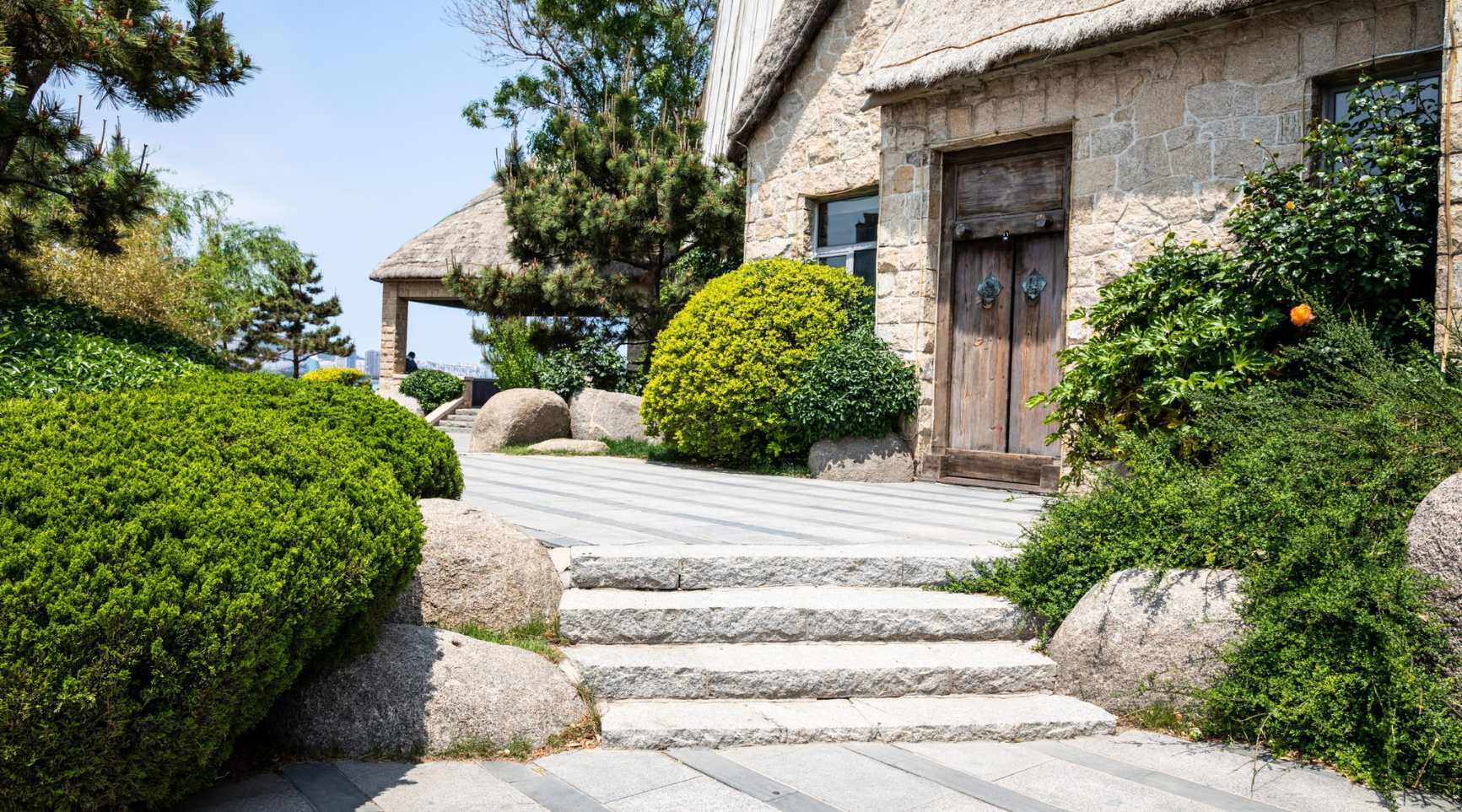
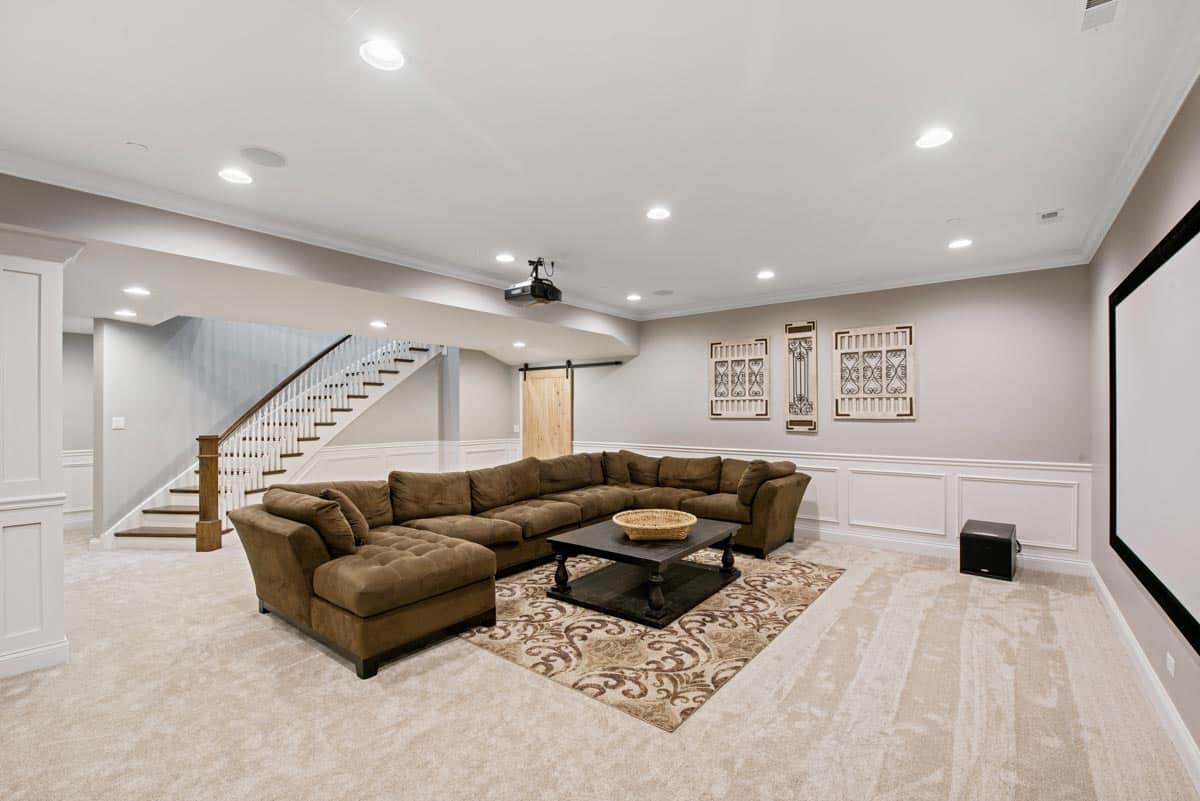
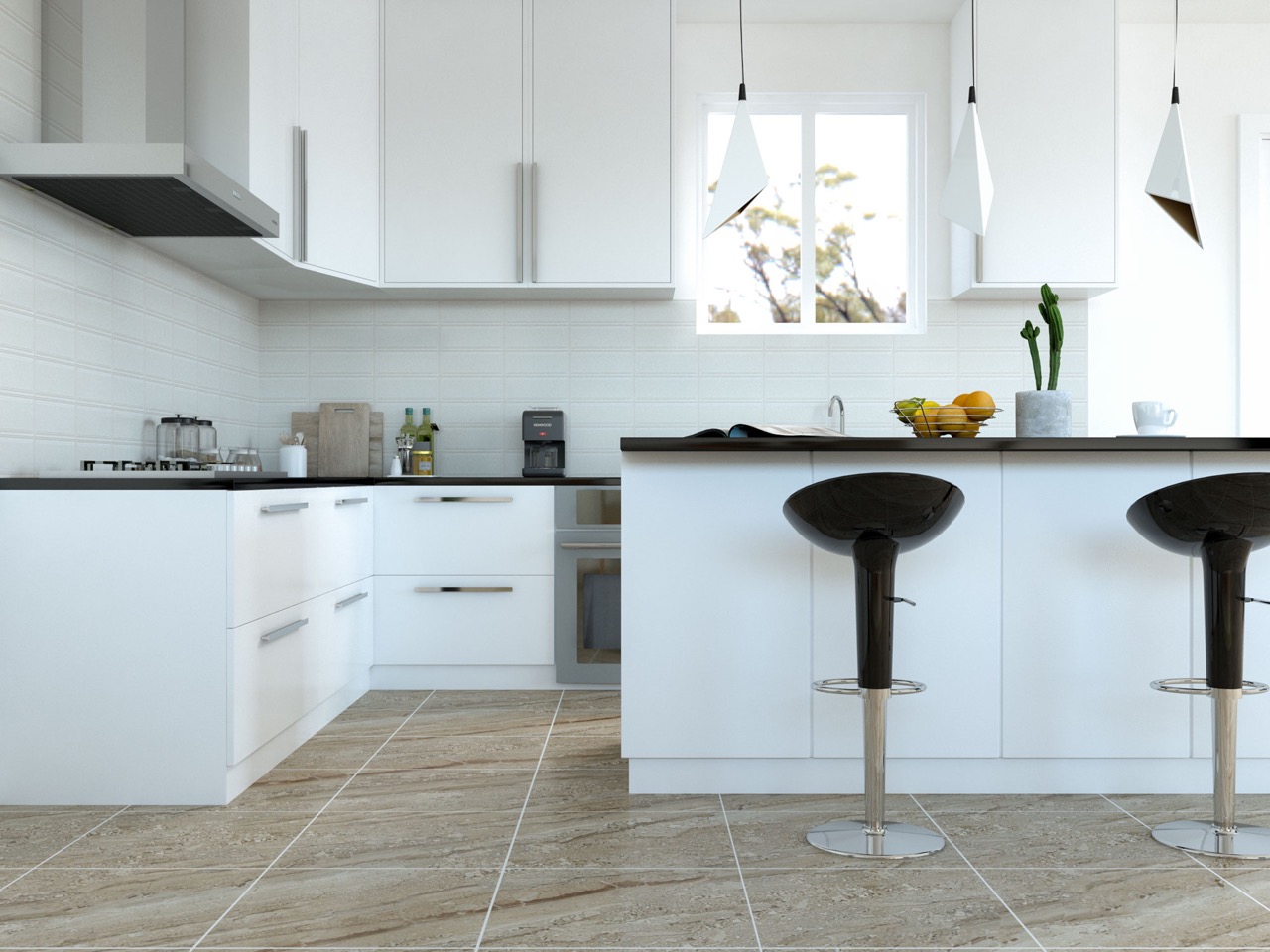
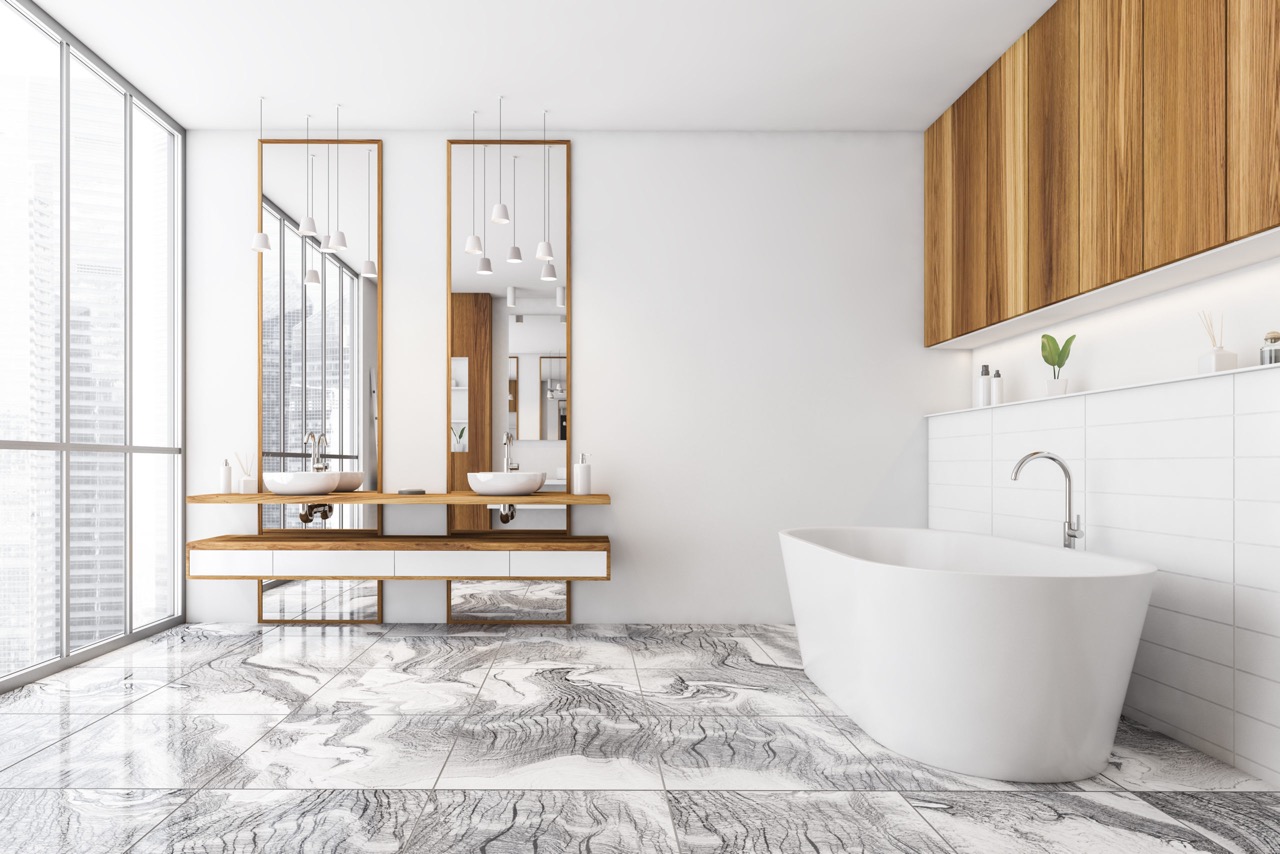
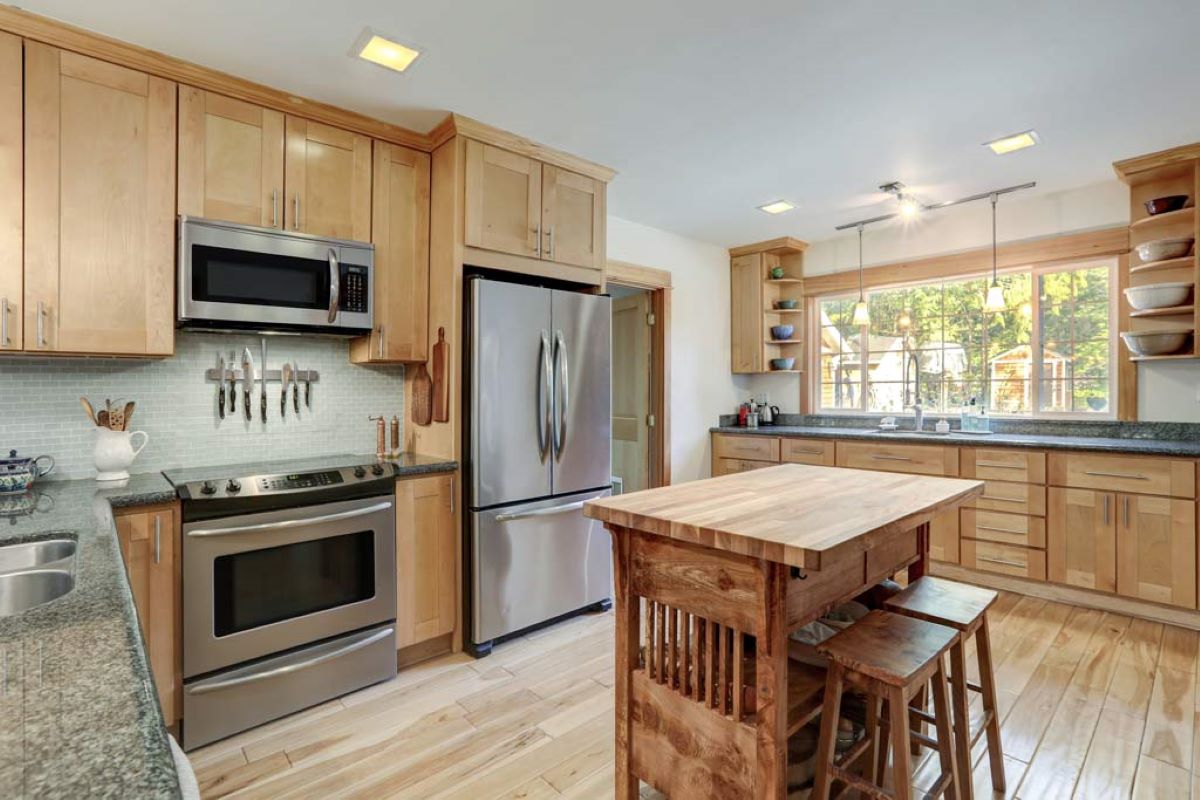
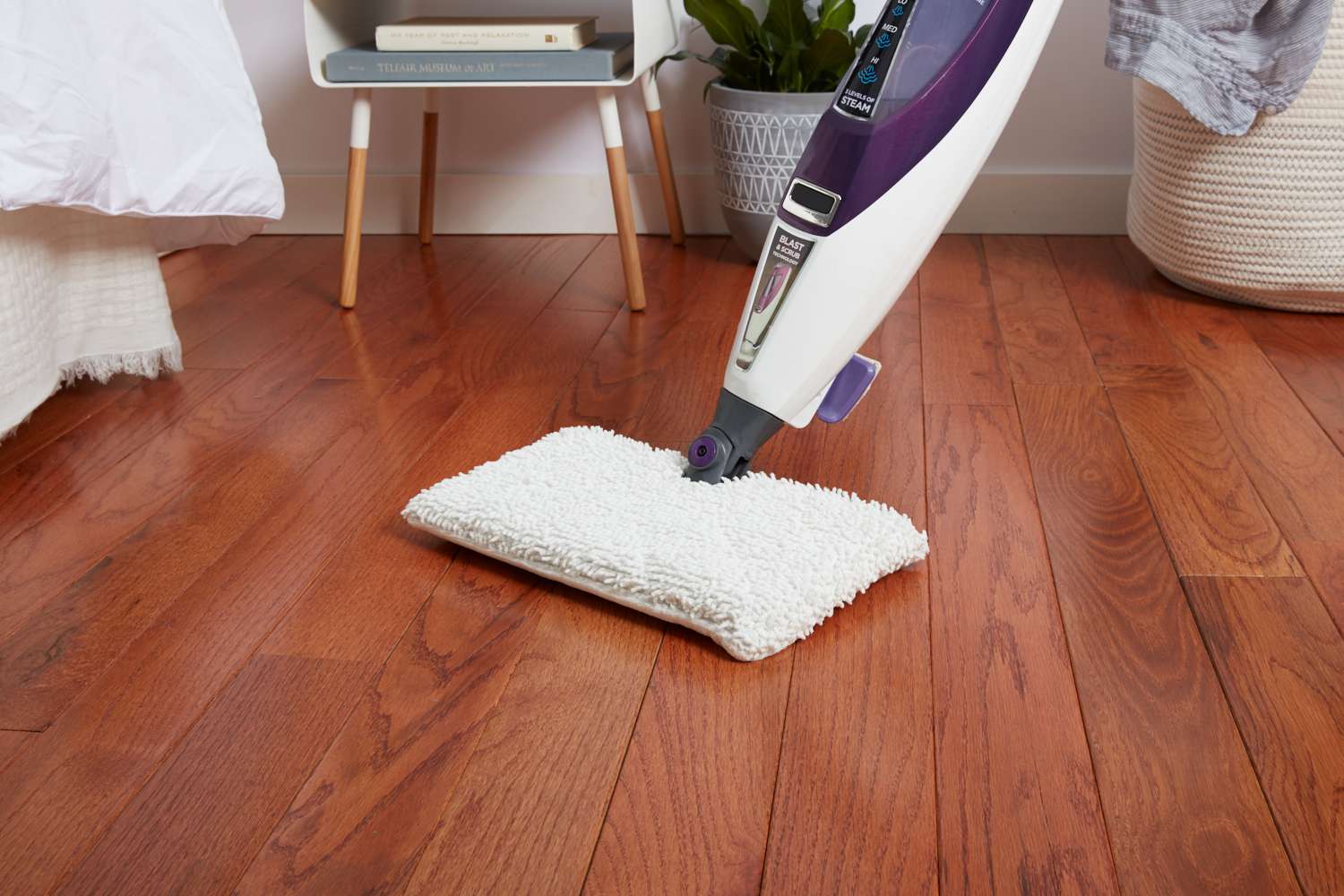
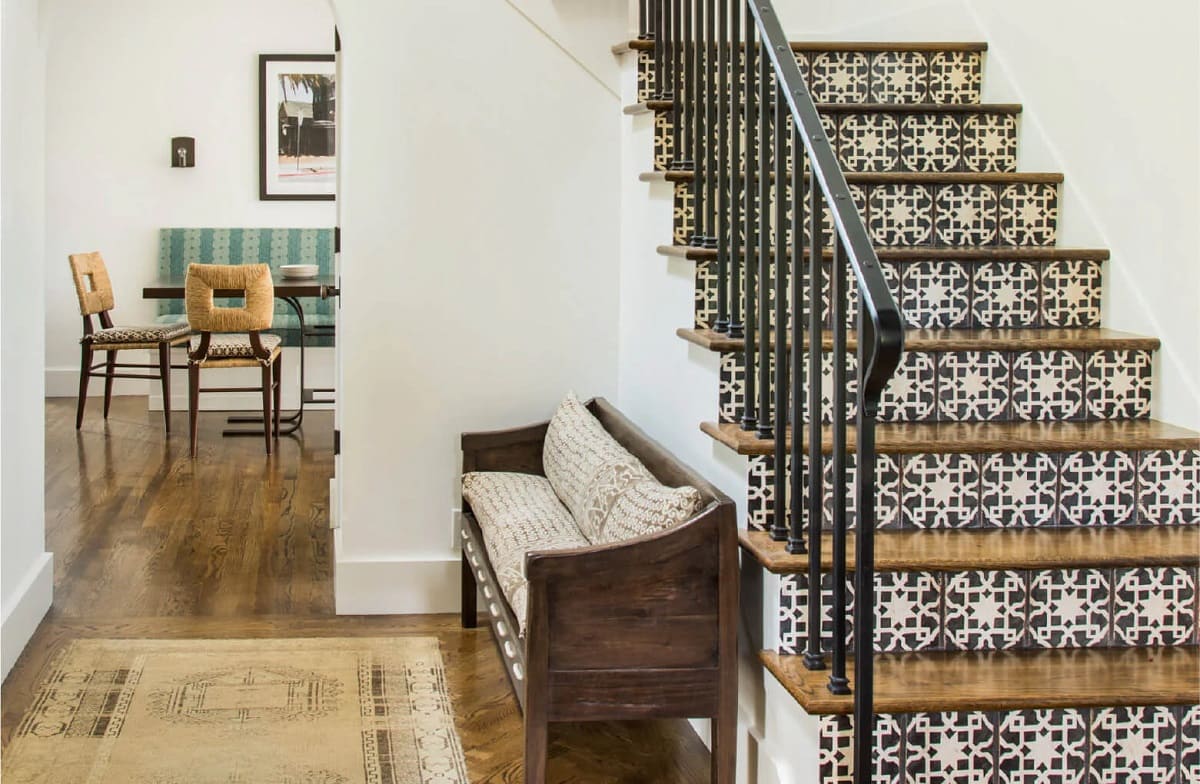
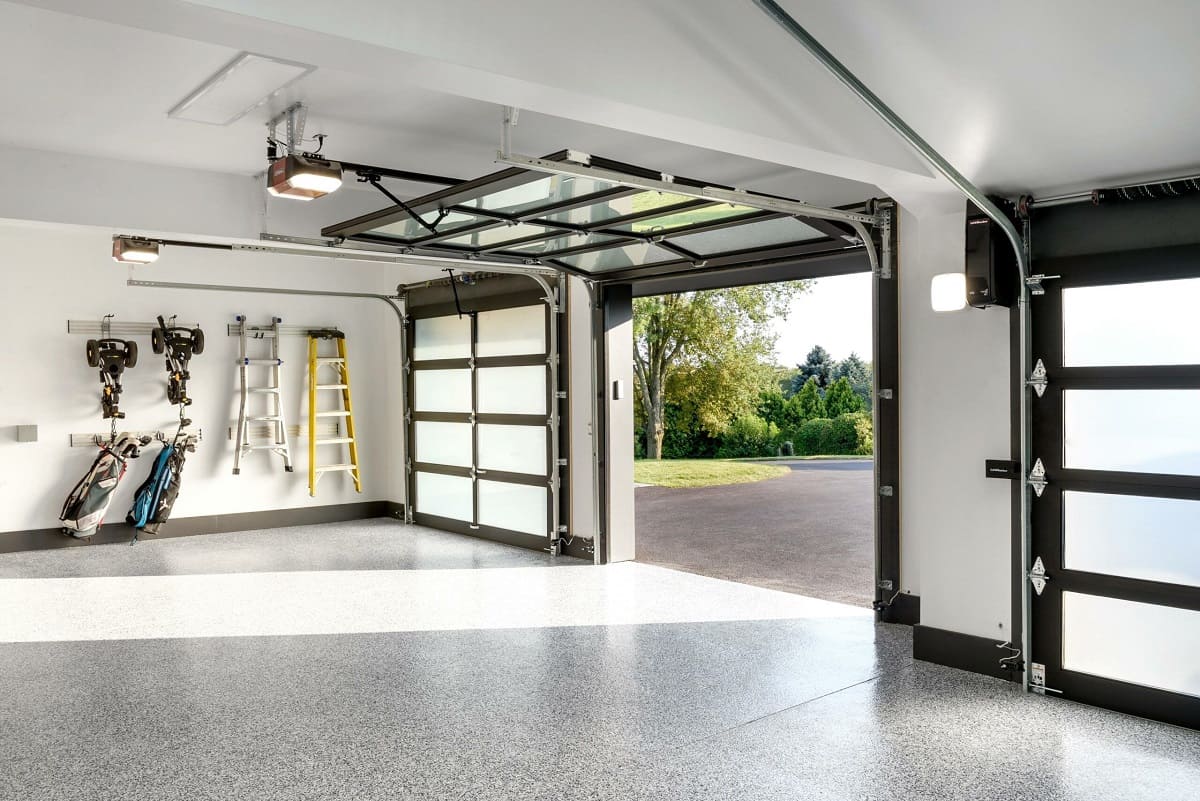

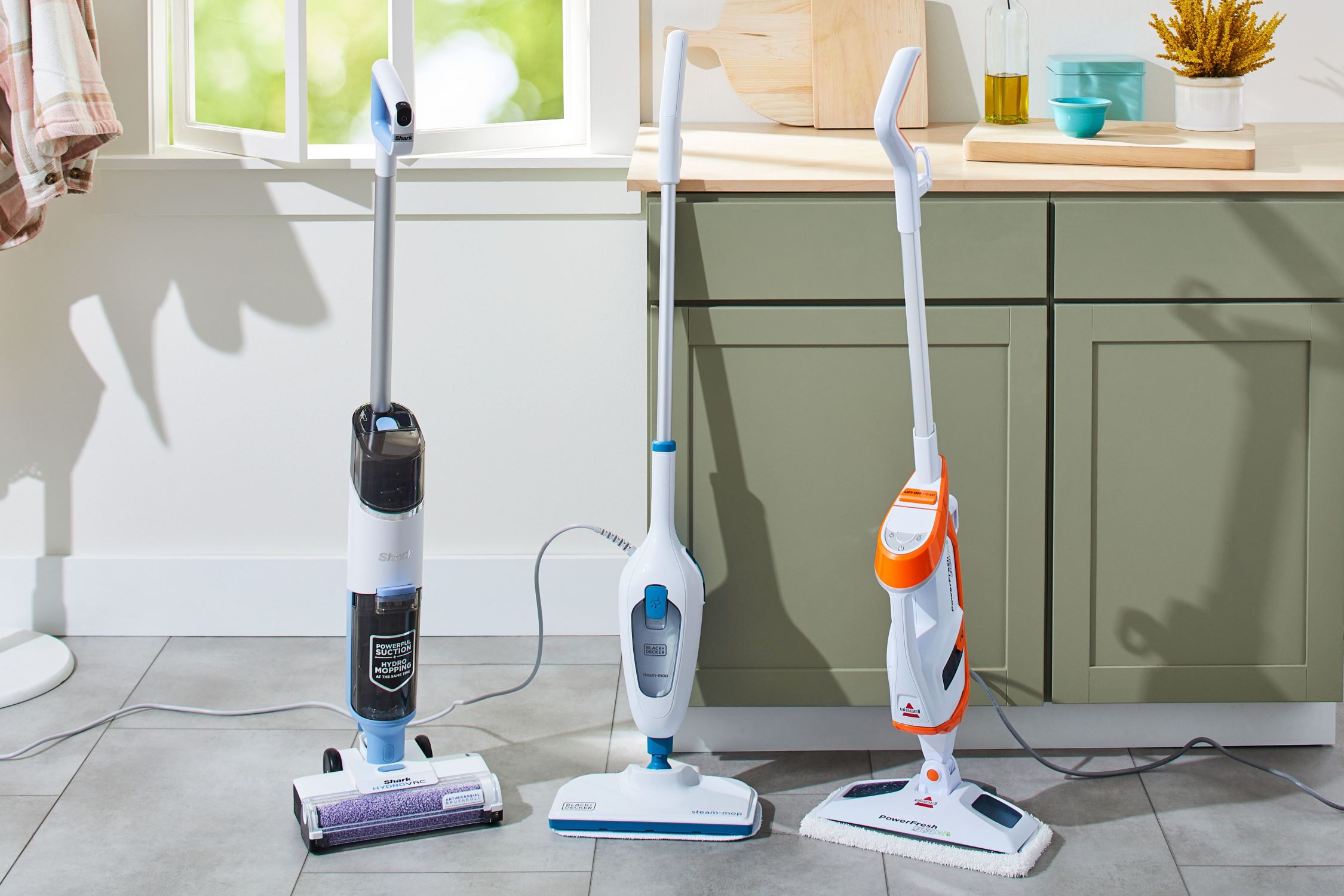
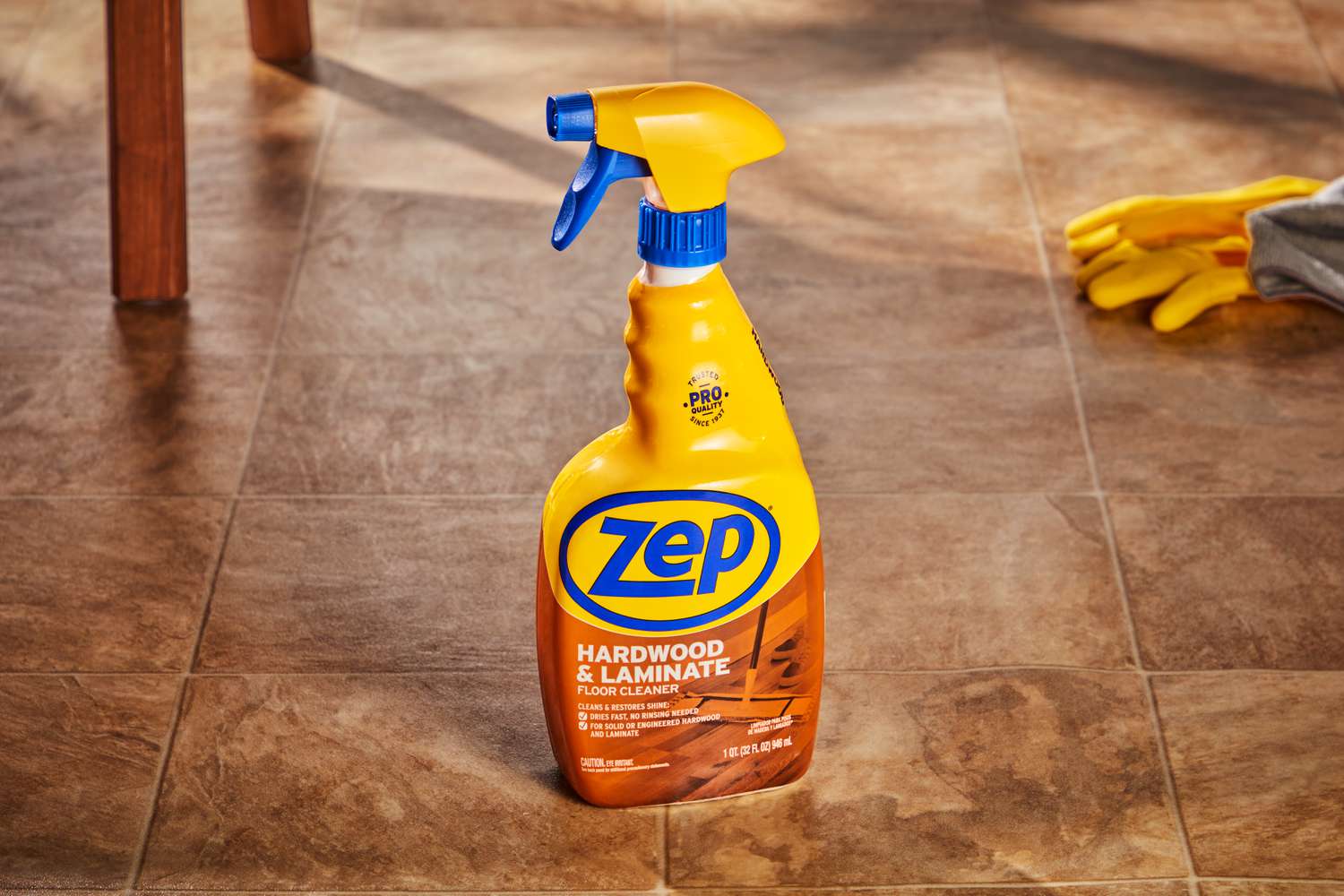
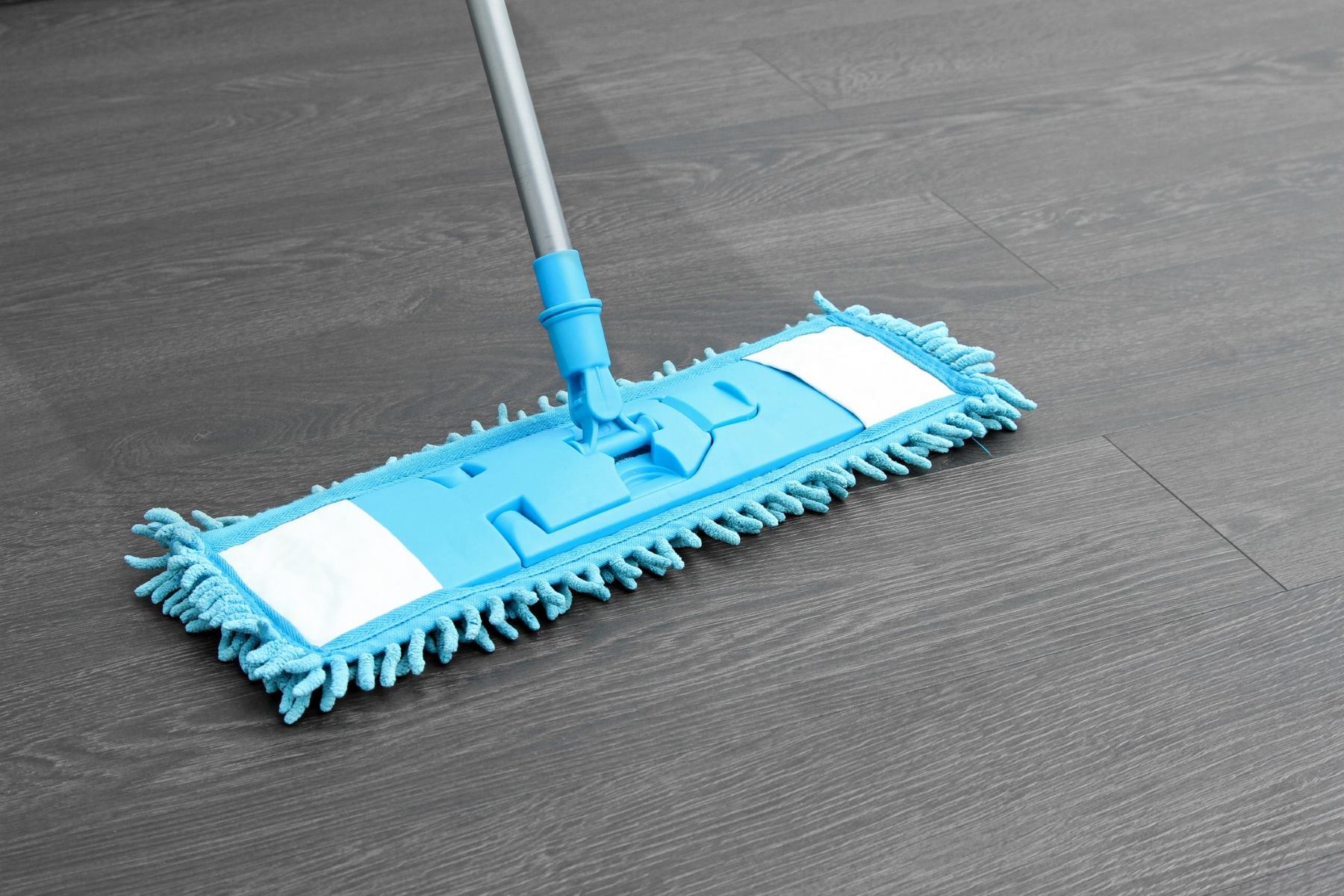
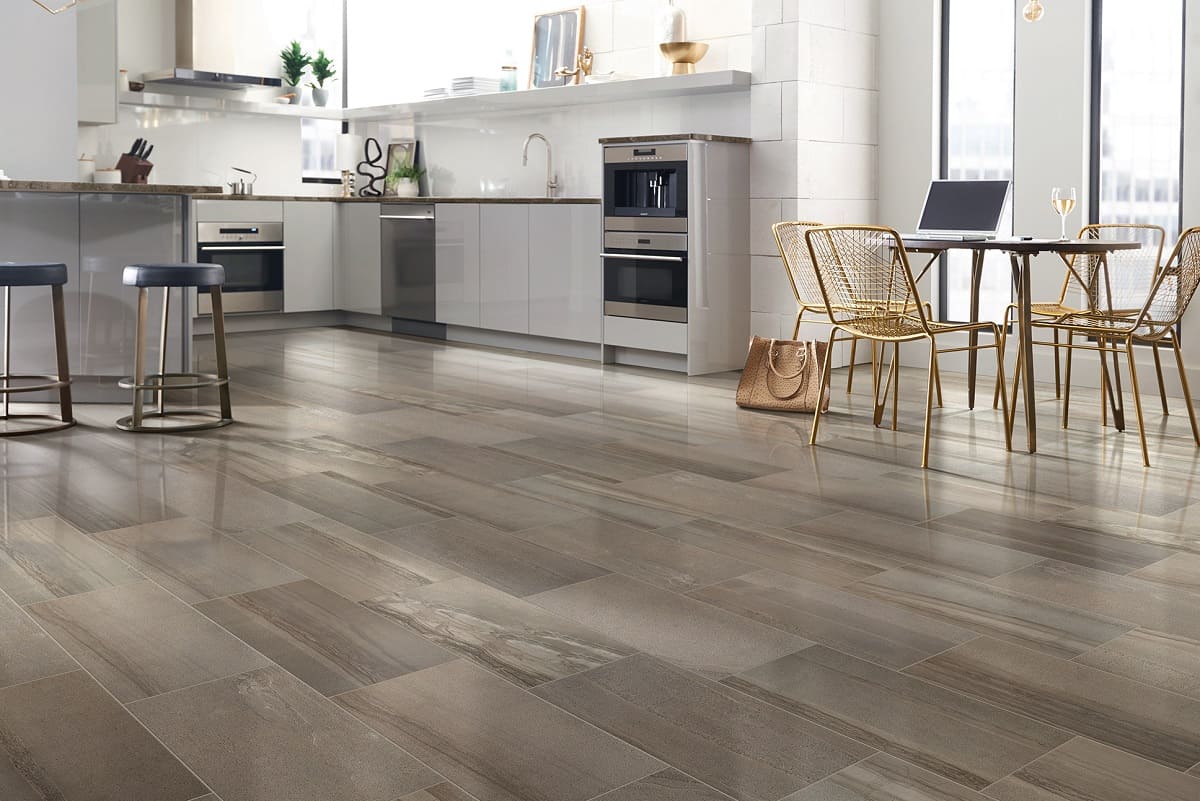

0 thoughts on “What Is The Best Floor For Kitchen”